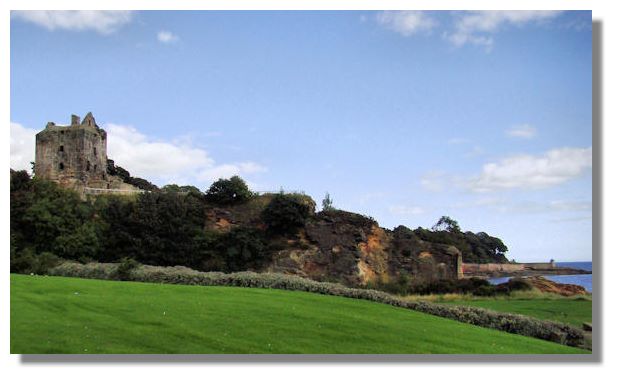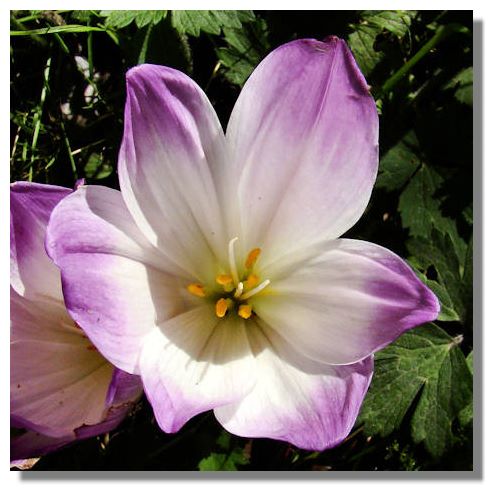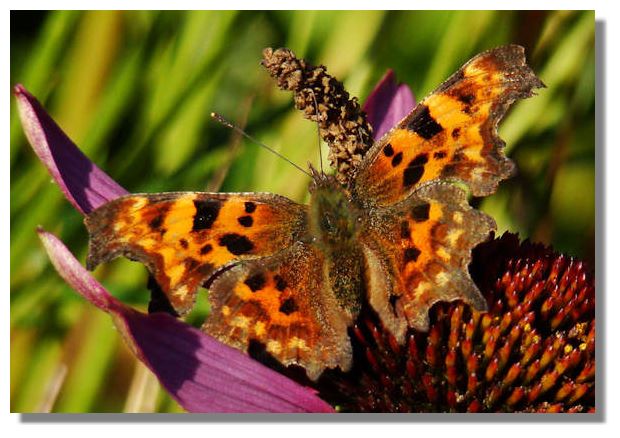The Rampant Scotland Newsletter includes a number of photographs which illustrate the weather and the seasons, plus the flora and fauna of the current week around Scotland. This separate "colour supplement" displays some more pictures, in a larger format. Here is this week's crop of Scottish views!
Ravenscraig Castle in Kirkcaldy, Fife, located on a promontory, 70 feet above the beach, was built around 1460 for the wife of King James II, Mary of Gueldres. It was one of the first castles in Scotland built to withstand cannon fire the very thick walls, resulting in the rooms on each floor being relatively small. In 1470, King James III decided to swop the castle for Kirkwall Castle which had been owned by William Sinclair in Orkney. It thus became the property of the Sinclair Earls of Roslin, who completed its construction.
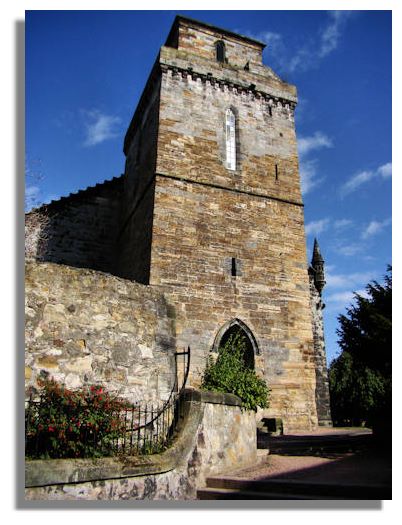
There has been a church on the site of the "Old Kirk" in Kirkcaldy since medieval times. The Bishop of St Andrews consecrated a church there in 1244 to St Patrick and St Brisse (or St Bricius - Bryce in today's parlance). However, the church tower seen here is part of a building probably constructed in the middle of the 15th century although in the intervening years the rest of the church building itself has been rebuilt. A bell which hung in the tower was made in 1553 and is still in the possession of the church - a new bell was installed in 1775.
Unlike spring crocus, the wine-glass shaped Colchicum flowers appear in autumn in advance of any leaves. Also known as meadow saffron or autumn crocus (though unrelated), the large blooms can be purple, pink or white and can grow to up to 8 inches tall in some varieties. Despite their similarity to crocus, all colchicums are poisonous.
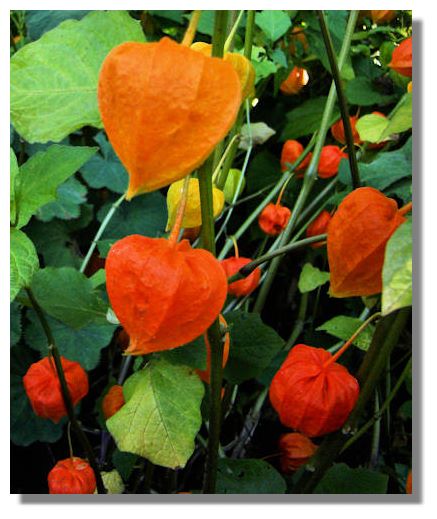
Physallis alkekengi or "Chinese (or Japanese) Lantern" or even "Winter cherry" has white flowers with an inflated basal calyx which matures into the papery orange fruit covering, 2 inches (4-5 cm) long and broad. The fruits retain their colour when dried and so are popular with flower arrangers.
There was great excitement in 2003 when a Comma butterfly was first spotted in Fife as it had not bred in Scotland for 180 years, although it was often seen in the south of England. In the intervening years the number of sightings has slowly increased to the extent that this year I have seen more Commas than the migrant Painted Lady butterfly. This one was photographed in the walled garden of Cambo Estate in Fife. Unusually there were two there that day. Since the male Comma is very territorial, it could be that it was a male and female example - which augurs well for next year's sightings!
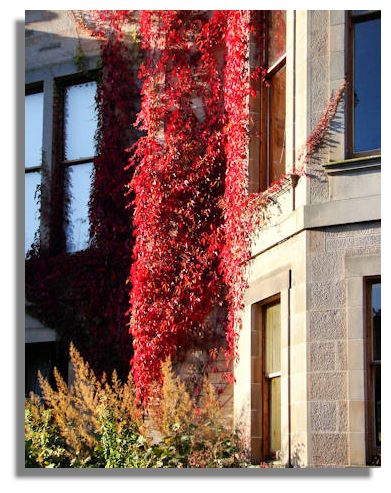
Here's a real touch of autumn colour with this brilliant red ivy climbing up the front wall of Cambo House in Fife.
If you want to look back at earlier editions of this Colour Supplement, there is an Index Page
